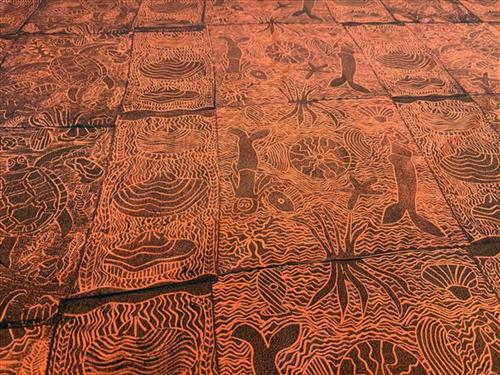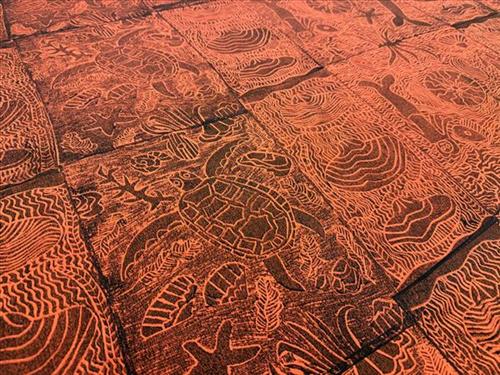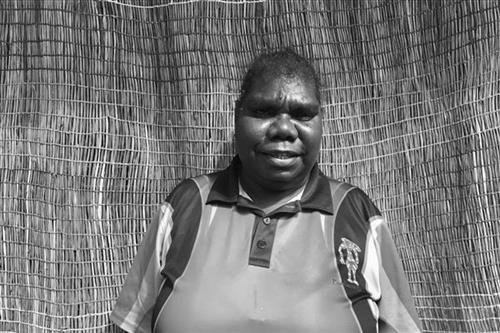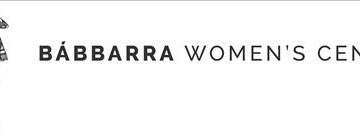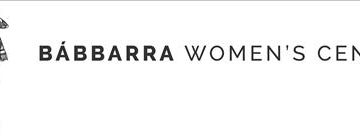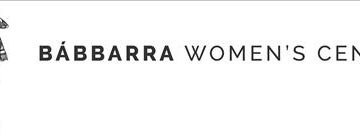377810582293919
Jin-merduwa (mermaid)
A beautiful, one-off, linocut, hand printed design by Elizabeth Wullunmingu depicting the story of Jin-merduwa. Sometimes she also includes her Garriwa turtle print.
My niece, Stephanie James, is singing a song called Diyama, and it is about Jin-merduwa. She is in the Ripple Effect Band. They are now famous in Maningrida and everywhere. Her great grandmother told her about the Jin-merduwa living at Gupanga. I heard the story before Stephanie. Now I hear her singing the story about that place. I am very proud of her. We have the same country. Our stories match. She is singing the story, and I am making artwork about the story.
My lino print shows the Jin-merduwa who live at Gupanga. Gupanga is located at the mouth of the Blyth River. It is a saltwater place. There must be more than one Jin-merduwa living there? They eat fish, shellfish and seaweed. Sometimes they travel to the end of the river to find food in the ocean, but they don’t go far and always swim back to their home.
Gupanga is a beautiful place. The sand is golden, there are mangroves, and the water is cloudy. It is good hunting in that area. When we lived there, we got lots of barramundi, mud crabs, shellfish, everything!
This is a bit of a dangerous story. I can’t say too much about this sacred place. The Rangers help to look after this place, but they also know they must be careful.
Kuninjku people call mermaids yawkyawk. Yawkyawk are freshwater. In my language, Burarra, we call mermaids Jin-merduwa. Jin-merduwa are a bit different to yawkyawk but are also a type of mermaid.
I love to make lino print fabric showing Jin-merduwa. I like using bright colours, but sometimes I print using black and white.
Ripple Effect Band – Diyama Song
https://rippleeffectband.bandcamp.com/track/diyama
This song was written by Stephanie James in her language of Burarra. It is about the mermaids that live in the river in her country of Kupanga.
Her father sings the Kun-borrk traditional music from the Diyama song cycle to link his daughter’s music to the past.
Credits
from Wárrwarra, released July 5, 2018
Written by Stephanie James, D. Maxwell (father for Stephanie)
Produced by Paul Mac, Jodie Kell, Clint Bracknell
Audio Engineer: Campbell Barnes
Guitar: Jodie Kell, Jolene Lawrence
Bass guitar: Tara Rostron
Drums: Jolene Lawrence
Keys: Patricia Gibson
Lead Vocals: Stephanie James
Back up Vocals: Jodie Kell
Diyama vocals: D. Maxwell
A beautiful, one-off, linocut, hand printed design by Elizabeth Wullunmingu depicting the story of Jin-merduwa. Sometimes she also includes her turtle print.
